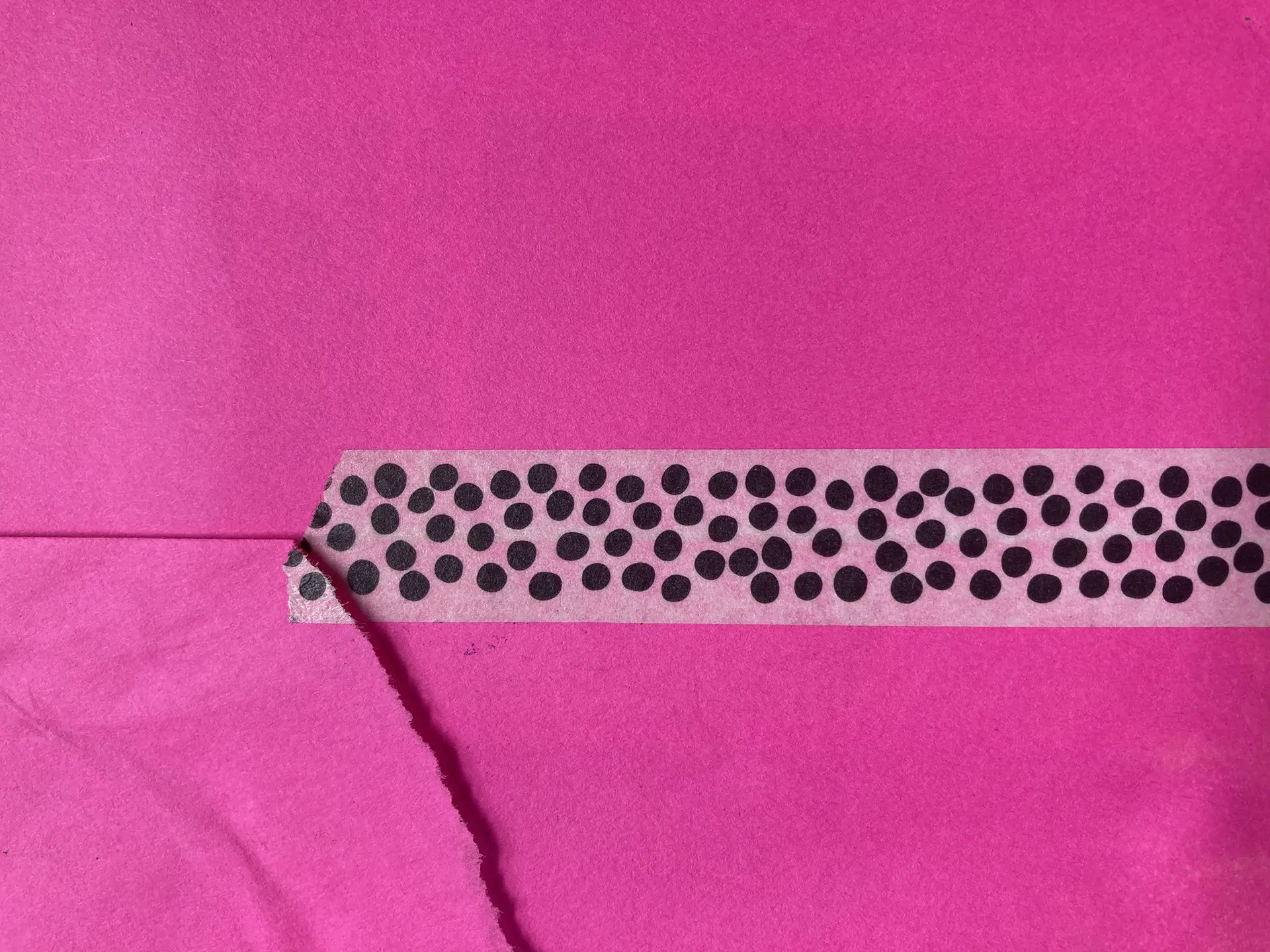Visual Scrap #5
Did green kill Napoleon, and other color stories.

My last post mentioned how pink and light blue have flipped as colors for girls and boys, and this got me thinking about other color stories. So, Visual Scrap is all about colors this week.

1 Scheele’s green
If you've ever seen a vibrantly green old book at an estate sale, it might be Scheele's green, and it might be poisonous. This vibrant green was made using arsenic and was all the rage before anyone thought that might be an issue. The University of Delaware is home to the Poison Book Project, and you can learn how to safely have one of these books in your collection – don't lick it. They will even send you a bookmark that has a color chart so you can see if your book might qualify.
There has been speculation that Scheele's green may have led to Napoleon's death because it was later found in the wallpaper in his room on St. Helena. However, testing on samples of his hair throughout his lifetime found that "the levels of arsenic...were, yes, very high by today's standards, but not at all unusual for his."

2 Fluorescent Pink
"Most of the colors we think of as fluorescent are actually just very high-intensity hues. True fluorescents are so bright not only because the colors are very saturated but also because the chemical structure of the dye or material absorbs the very shortwave light in the ultraviolet portion of the spectrum, which humans can't see, and re-emits it as longer wavelengths, which we can. This is what gives them that particular glowing brightness in daylight, and is also why they shine under black lights."
We can thank punk rock for popularizing fluorescent colors in graphic design on their album covers in the late 70s.

3 Orange
Orange has typically been used as a warning or danger sign – more urgent than yellow and less urgent than red – because of the color contrast it provides between blue-gray asphalt. And although they are called "black boxes," the data recorders on airlines are actually orange so they're easier to find in the event of a crash.
Hermès, so well known for their orange boxes, used cream boxes prior to WWII. Wartime shortages forced them into using mustard boxes, and then orange as it became the last color available.

4 Whitewash
The cheapest of paints, whitewash was often used for its disinfectant qualities to combat the plague and other contagious diseases in the 1800s. Its mixture of lime, salt and water was used to paint homes and streets in infected areas. "For those engaged in fighting epidemics, though, blotting out the pestilence using a pail of milky, disinfectant lime must have been profoundly comforting, even ritualistic. Is it a coincidence that it was around this time that white coats were adopted by doctors..."
It was only after it was used to cover up murals and altarpieces during the Reformation that it came to mean "to conceal unpleasant truths, usually political in nature."

5 Cobalt
Han van Meegeren was an art forger who sold a lot of fake Vermeers to the Nazis. In an odd twist, when he was caught, he was originally charged with collaborating with the Nazis. His only way out was to prove his paintings were fake and that he was, in fact, taking advantage of the Nazis. But his fakes were so good, and fooled even museums for so long, that the only thing that saved him was cobalt blue.
Cobalt blue wasn't created until 130 years after Vermeer's death, and so could not have been used in his original paintings. It was the one detail that Meegeren forgot, and lucky he did. There's an excellent book called The Forger's Spell if you want more on this story.
Resources
All quotes in this article are from The Secret Lives of Color, but both books are highly recommended.



